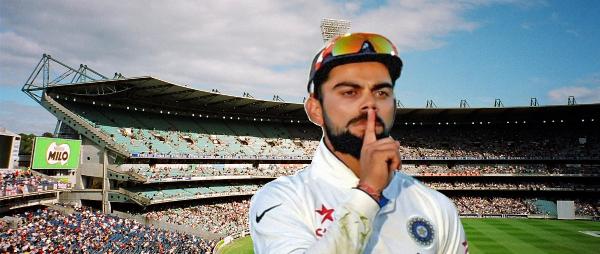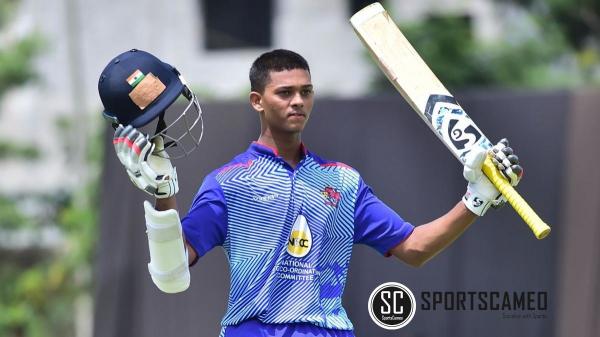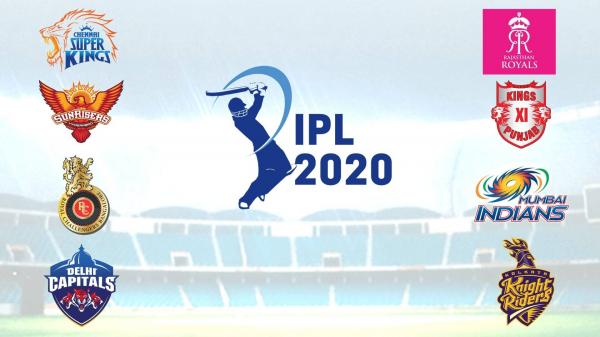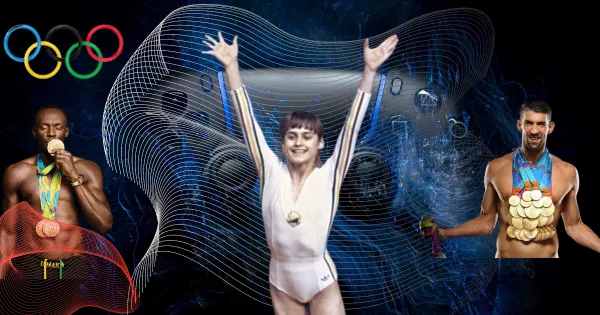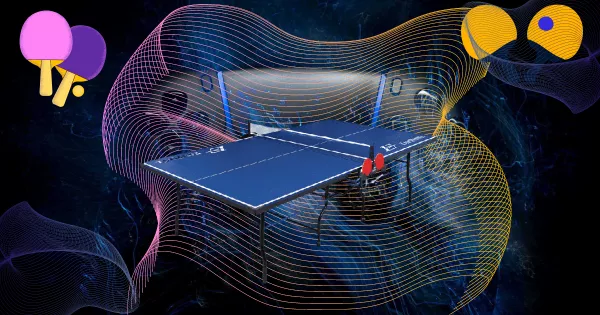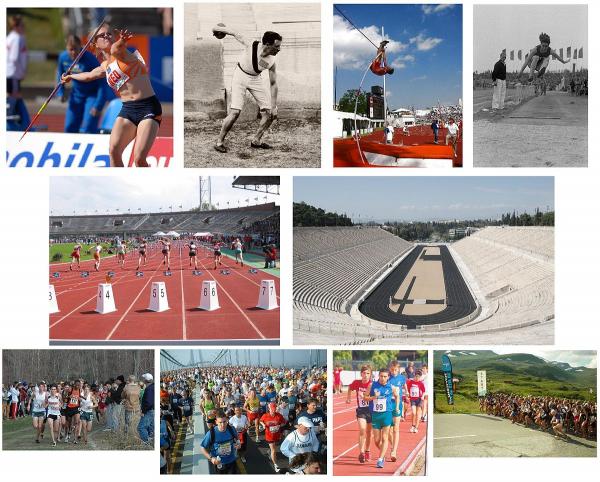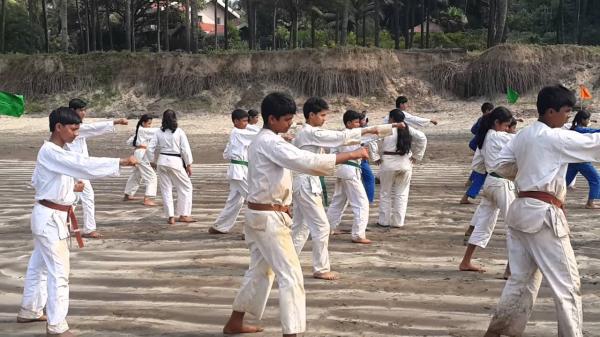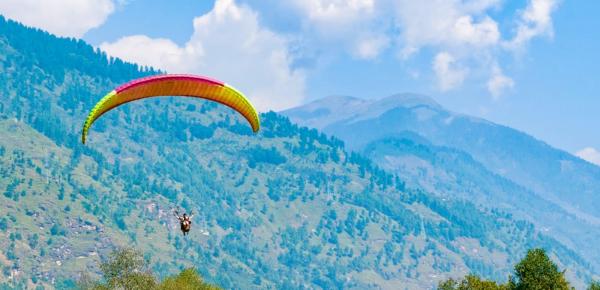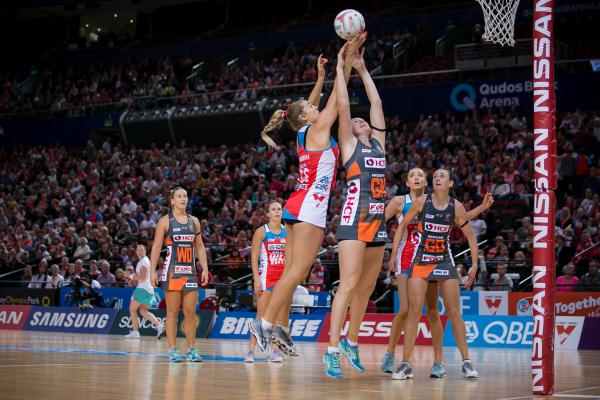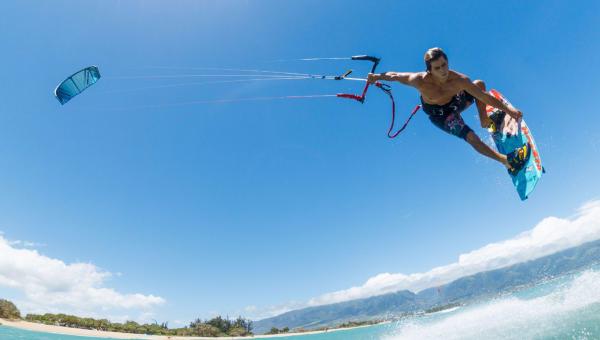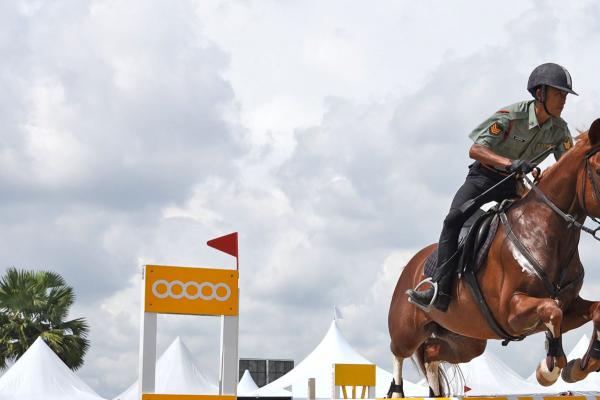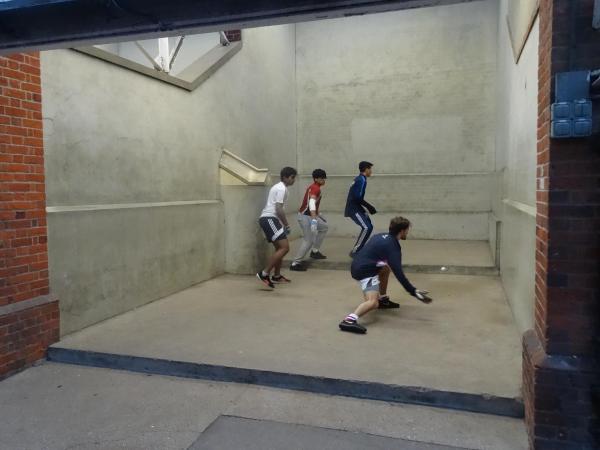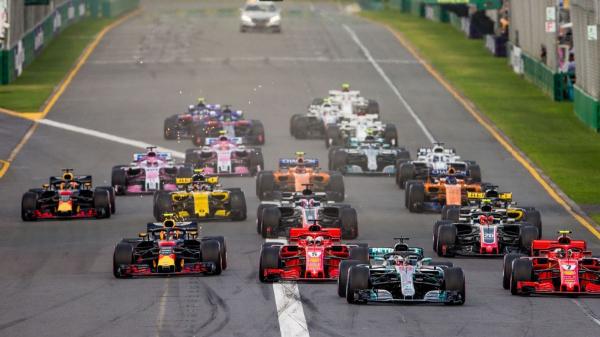Moder Pentathlon
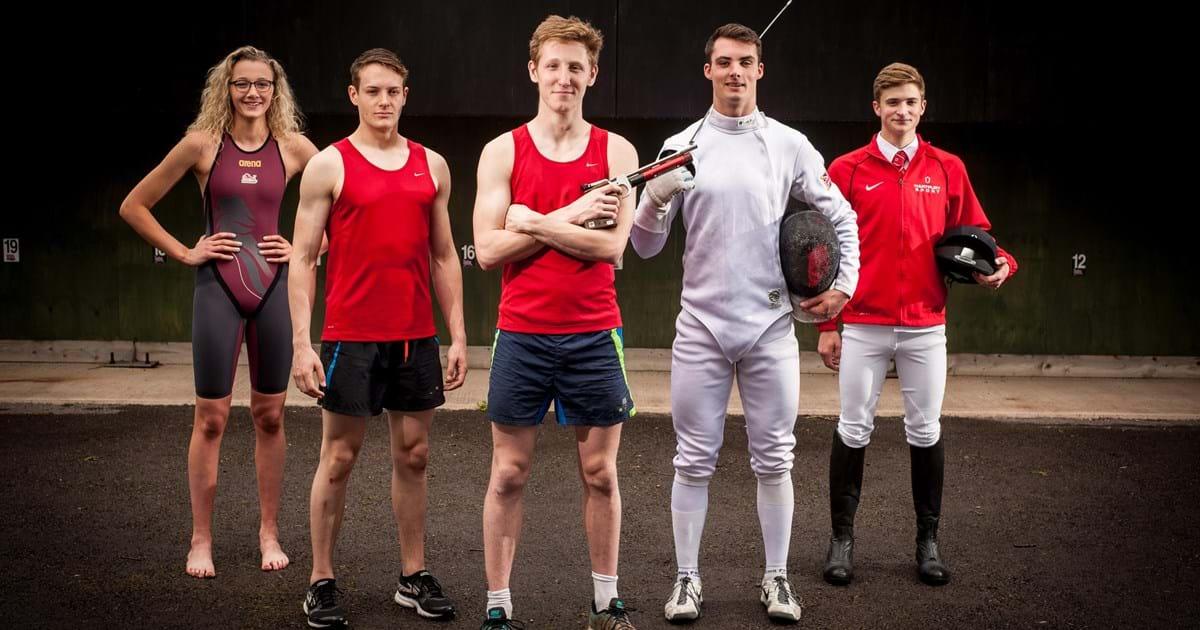
The modern pentathlon is an Olympic sport that comprises five different events; fencing (one-touch épée), freestyle swimming (200 m), equestrian show jumping (15 jumps), and a final combined event of pistol shooting and cross country running (3200 m). This last event is now referred to as the laser-run, since it alternates four legs of laser pistol shooting followed by an 800 m run (for 3200 m in total). The event is inspired by the traditional pentathlon held during the ancient Olympics; as the original events were patterned on the skills needed by an ideal Greek soldier of the era, the modern pentathlon is similarly patterned on events representing the skills needed by cavalry behind enemy lines. The sport has been a core sport of the Olympic Games since 1912 despite attempts to remove it.[1] A world championships for modern pentathlon has been held annually since 1949. Originally the competition took place over four or five days; in 1996 a one-day format was adopted in an effort to be more audience-friendly.[2] Modern pentathlon, despite its long Olympic history, has had to justify its inclusion in the modern Olympic Games several times. On February 11, 2013 in Lausanne, the IOC confirmed modern pentathlon once again as one of the 25 core sports of the Olympic program through to 2020. The governing body, Union Internationale de Pentathlon Moderne (UIPM), administers the international sport in more than 90 countries in all the continents of the world. History The foundation of the modern pentathlon is disputed. On the one hand, Baron Pierre de Coubertin, the founder of the modern Olympic Games, claimed authorship.[2] On the other hand, Viktor Balck, the President of the Organizing Committee for the 1912 Games, showed that he made use of the long tradition of Swedish military multi-sports events, to create a manageable modern pentathlon.[3] The name derives from the Greek péntathlon "contest of five events". The addition of modern to the name distinguishes it from the original pentathlon of the ancient Olympic Games, which consisted of the stadion foot race, wrestling, long jump, javelin, and discus. As the events of the ancient pentathlon were modeled after the skills of the ideal soldier to defend a castle of that time, Coubertin created the contest to simulate the experience of a 19th-century cavalry soldier behind enemy lines: he must ride an unfamiliar horse, fight enemies with pistol and sword, swim, and run to return to his own soldiers.In the 1912 Games, with only officers competing, they were, however, permitted to use their own horses. Up to the 1952 Olympics the ordinary cavalry soldier was considered a professional athlete, as he was riding and training horses for a living, while the officer was the amateur. As long as there was no official international federation for Modern Pentathlon an IOC committee was set up for the sport making use of the expertise of IOC members. The event was first held at the 1912 Olympic Games, and was won by Swedish athlete Gösta Lilliehöök. The modern pentathlon has been on the Olympic program continuously since 1912. A team event was added to the Olympic Games in 1952 and discontinued in 1992. After much lobby work of the President of the German Modern Pentathlon Federation Prof. Wilhelm Henze, women were for the first time admitted at the World Championships in 1977, and at the official world championships in 1981.An event for women was added in 2000.[2] A World Championship is held every year. The competitions include Men and Women's Individual and Team event together with relay events for Men and Women and, since 2010, a mixed relay event.
